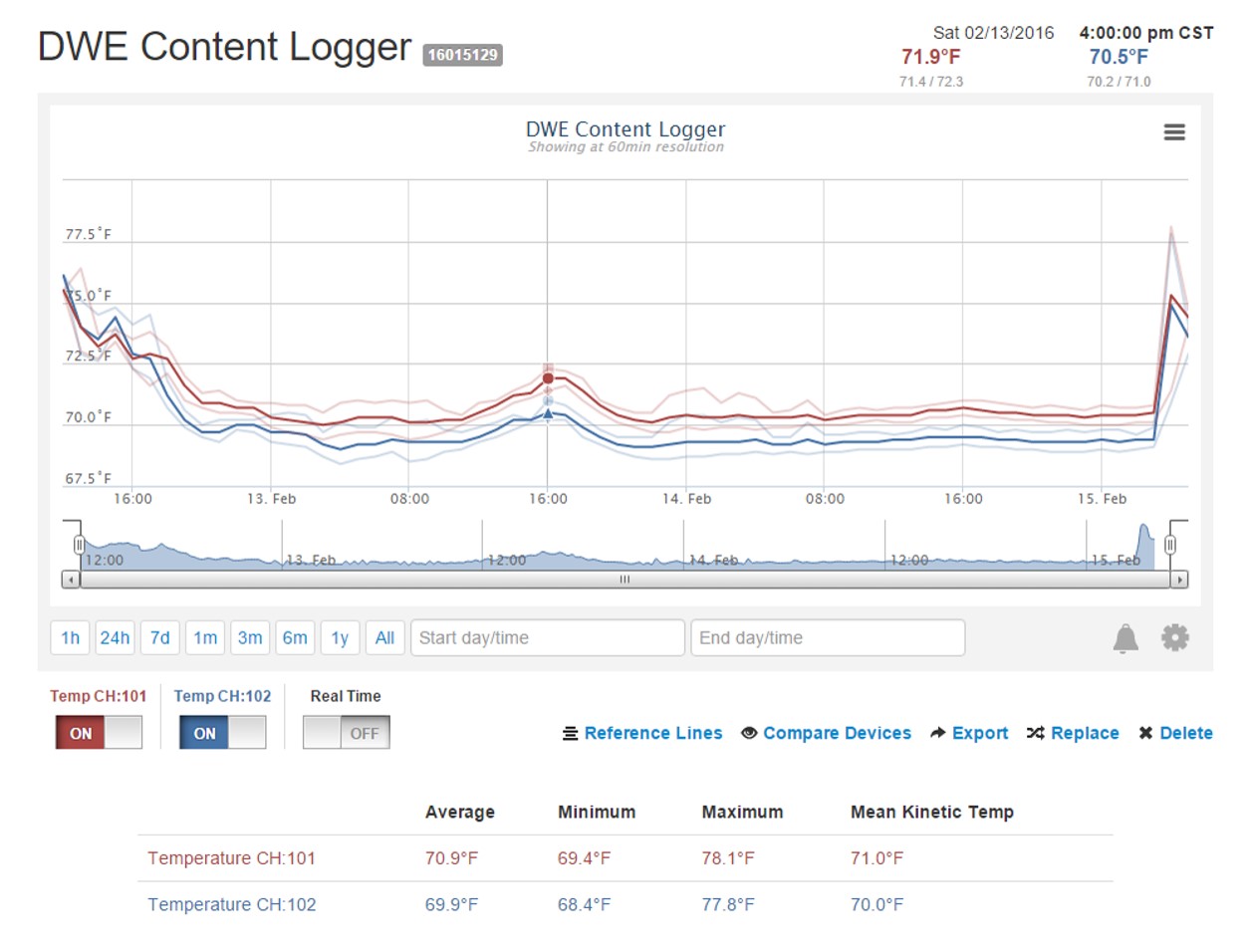Heating a house is costly. Heating a hospital is even more so. Thanks to ideas by VTT Technical Research Centre of Finland, the costs of heating and cooling may one day drastically dissipate.
According to VTT, that can be made possible through concepts for adjusting spaces to individual needs. In other words, heat rooms that need to be heated, and save energy in rooms where they don’t. It’s a good idea but not an altogether novel one.
VTT is essentially discussing temperature mapping and making real-time adjustments to where HVAC systems are in use. We discussed an idea similar to this last year when we talked about the value of a good night’s sleep. In that piece, we discussed how temperature had a greater impact on your ability to sleep than light. That’s a costly proposition for large-scale facilities like hospitals.
“If all things were equal, such a change (from 72℉ to 65℉) would cost (a) facility an additional $400,000 in cooling costs. After about $50,000 in savings on the heating bill, the hospital could net out at a $350,000 increase in annual operating expenses.”
Another problem with adjusting spaces to an individual’s needs is that everyone perceives temperature differently. This, too, is a topic we’ve discussed.
“The makeup of the human body is also important to how a temperature feels to you. Your size, gender, and even metabolic rate can affect how you respond to it. A lower resting metabolism means women chill easier than men. Their higher levels of estrogen also amplify their blood vessels’ response to cold. These kinds of factors don’t always influence how someone perceives varying temperatures, however, they can explain why two people sitting next to each other can feel differently about them.”
The final question would be, which point(s) of the room are you monitoring your temperature against? As a company that actively maps rooms, chambers, cold storage, and facilities, we understand how important it is to answer these questions. They're even questions we’ve broached before in our catalog.
Last year we ran an experiment that showed how two probes as little as six feet apart could have drastically different readings. Below is an image from a DicksonOne account that shows the data, and an image of the probes hanging suspended in our warehouse.
If the temperature of our warehouse can have a one-degree difference in an ambient setting then imagine how much of a difference could be had at opposite ends of the facility, near a window draped in sunlight, or by an HVAC register. That means the system will likely need real-time monitoring across a number of points throughout a complex, and it often means you need to do some research. That research is called mapping.
Temperature mapping data is invaluable but can be a daunting task on your to-do list. We know, we’ve crossed it off a lot of them. The process of mapping collects continuous monitoring at a number of set points throughout a facility. By analyzing this data you can understand the hot or cold spots that exist throughout a given structure. This kind of process would most likely be required for VTT to properly achieve their goal.
While we can’t promise to have the opportunity to help VTT with their mapping needs, we have helped many businesses around the country remain fully compliant in audits while streamlining their business operations and protecting sensitive products. If you have any interest in learning more about mapping visit DicksonData.com/Mapping or call one of our experts at 630.543.3747 today.


